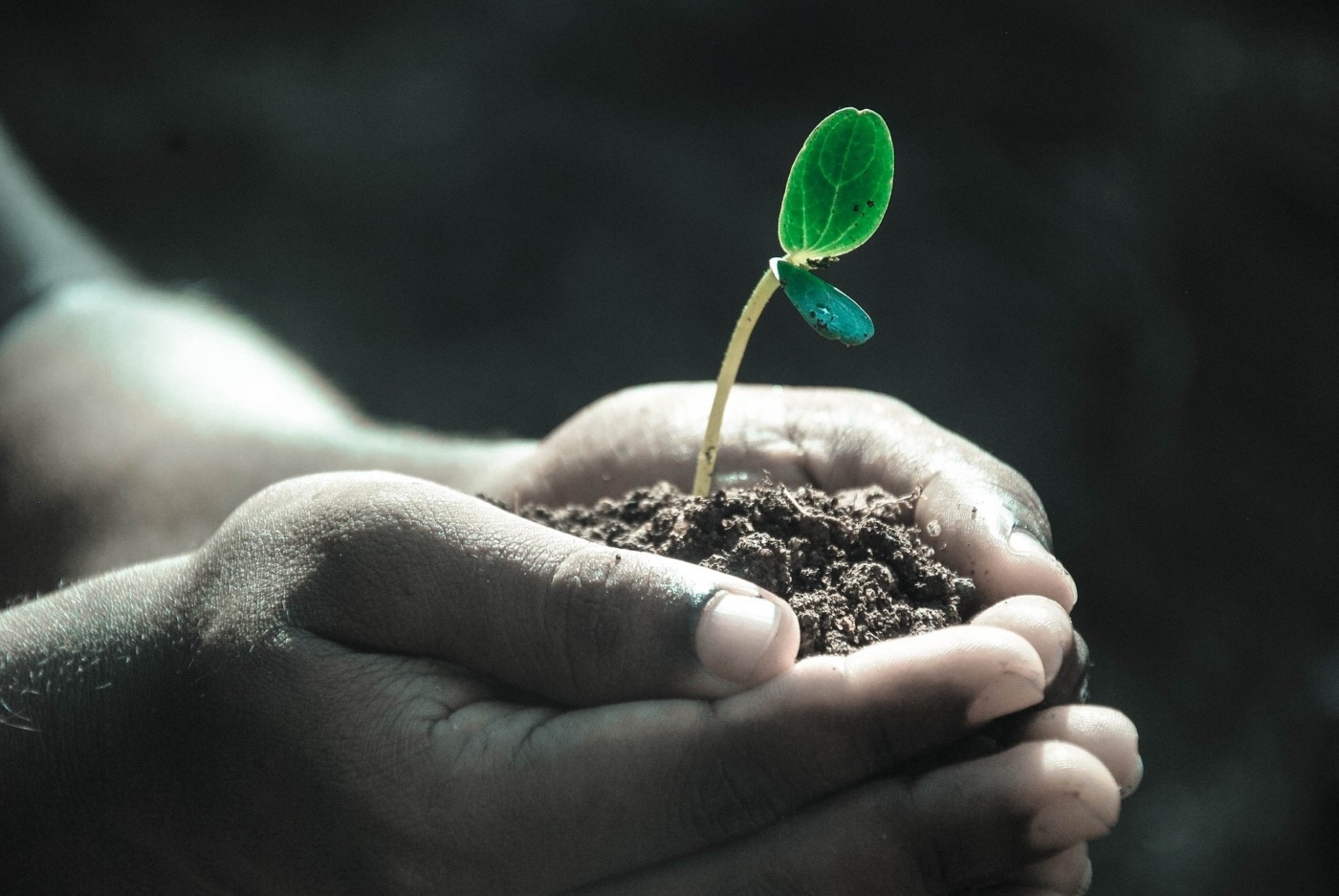The state of the world’s farm soils
The state of the world’s farm soils has long been an issue of concern. As early as 2014, academics from the University of Sheffield concluded that Britain had only 100 harvests left in its agricultural soils. A similarly bleak picture was painted by Maria-Helena Semedo, a senior United Nations (UN) official, who estimated that global topsoil could vanish within 60 years if the current rates of degradation and erosion continued.
With this in mind, it’s hardly surprising that the 2020 UN Food and Agricultural Organisation (FAO) report prophesied an equally gloomy outlook. The study, which was compiled by 300 scientists and published ahead of World Soil Day (held annually on 5 December), likened soil to the skin of the living planet – vital yet thin and easily damaged by intense over-farming, deforestation, pollution, and anthropogenic climate change.
Professor Richard Bardgett, a researcher at the University of Manchester and one of the report’s lead authors, commented: “There’s now pretty strong evidence that a large proportion of the Earth’s surface has been degraded as a result of human activities.”
Indeed, soils are known to provide a number of ecosystem services which contribute to making human life both possible and worth living
Although intensive agriculture has drastically increased crop yields, this is often at the expense of long-term sustainability. Poor land management in Europe, which is characterised by heavy tilling, multiple harvests, and the excessive application of agrochemicals accounts for an estimated 970 million tonnes of soil loss from erosion each year. In south-west England alone, soil structure has broken down in three-quarters of maize fields as a direct result of bad agricultural practice. Volkert Engelsman, an activist with the International Federation of Organic Agricultural Movements, estimates that conventional farming techniques contribute to the loss of “30 soccer fields of soil every minute.”
Professor Nico Eisenhauer, head of experimental interaction ecology at Leipzig University and another lead author of the 2020 UN report, believes that the alarming decline is a “major issue” since “we are dependent on this thin layer that is sometimes just a couple of centimetres, sometimes several metres, but a very vulnerable, living skin.” Indeed, soils are known to provide a number of ecosystem services which contribute to making human life both possible and worth living. Rapidly disappearing topsoil is not only used to grow 95% of the world’s food, but can also absorb large amounts of carbon from the atmosphere and therefore mitigate the effects of global warming.
The 2020 UN report also revealed that the abundant use of pesticides adversely affected soil microorganism populations, which are essential for turning wastes into nutrients and providing nitrogen to growing plants. In a 2017 interview with Yale Environment 360, Rick Haney, a researcher with the US Department of Agriculture, noted that the use of synthetic agrochemicals was “like chemotherapy for cancer. It’s not targeted, it just kills everything. Something similar happens in the soil when we use fungicides and pesticides.”
Going forward, the most important action is to protect healthy soils from degradation. In recent years, strategies such as no-till and cover crops – both of which reduce soil erosion – have become popular. According to the US Census of Agriculture, the proportion of US cropland grown on no-till farms increased from 32% in 2012 to 40% in 2017. Additionally, the Department for Environment, Food, and Rural Affairs (DEFRA) reported that UK farmers planted cover crops on nearly 56,000 hectares between 2015 and 2016, a 45% increase from the previous season.
Methods which fall under the heading of permaculture have also proved effective at protecting the world’s soils. Working with complex natural systems, rather than seeking to simplify or replace them, has allowed Sepp Holzer (a pioneer of this particular approach) to achieve remarkable yields of fruit and vegetables in a region that once would have seemed unfarmable – 1,100 meters above sea level in the Austrian alps. In the same vein, a large-scale ‘desert greening’ project spearheaded by Geoff Lawton has led to the reclamation of substantial tracts of desertified land for sustainable agriculture and crop production in western Jordan.
If we continue to treat our soil like dirt, humanity could face an unimaginable catastrophe. As Rob Myers, a soil scientist at the University of Missouri, stated: “We have to have that topsoil; it’s paramount to our survival.” In the future, it is therefore imperative to adopt agricultural policies which could feed the world without destroying it.

Comments